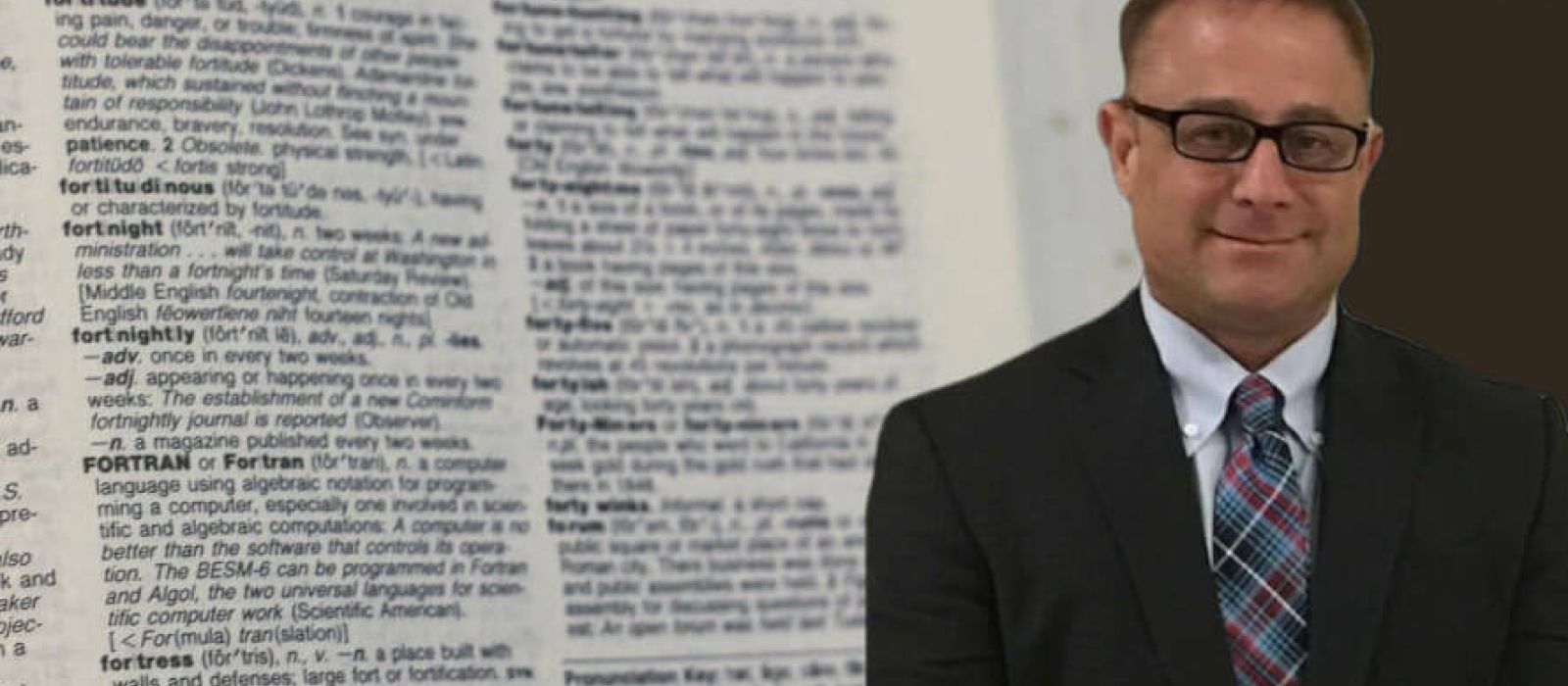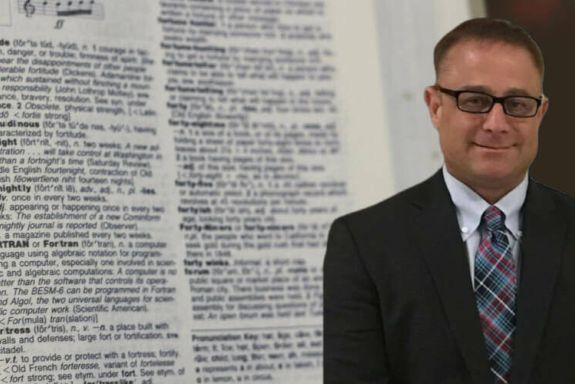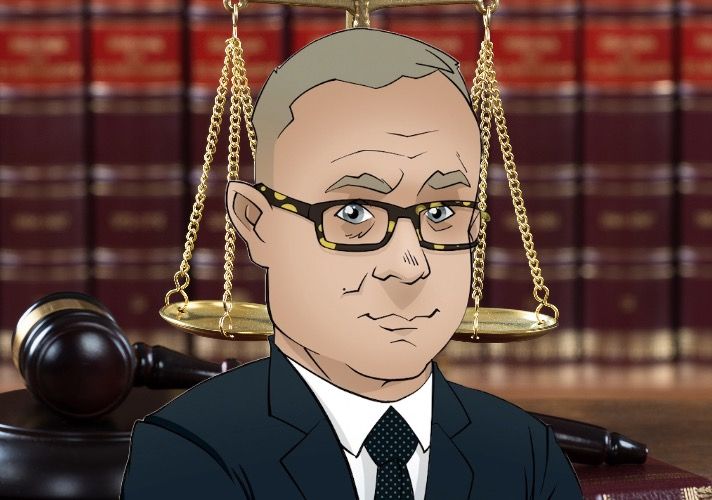

If we don’t win, you don’t pay.
NO WIN – NO FEE

ON CALL 24/7

U.S. Marine

Ehline Law Firm’s glossary provides information related to motorcycles, motorcycle safety, and motorcycle laws. Some riders may be familiar, while others may not. Feel free to peruse the below definitions.
You can contact our personal injury lawyers in Los Angeles if we are missing an appropriate term for riding by using our below 24/7 online contact form or by calling (213) 596-9642.
A-B.
Blind Spot – This is an area where a motor vehicle driver is unable to see the motorcyclist using their windows or mirrors and turning while in a blind spot compounding the problem of collisions.
Bodily Injury – Bodily injury refers to the wounds a motorcyclist sustains during a motorcycle crash and in their injury claim against the at-fault party or insurance company.
Bodily Injury Liability Insurance – Bodily injury liability insurance is a part of the motorcycle rider’s liability insurance policy. BI is an amount of money to protect motorists when a claim against them gets filed for a post-accident bodily injury. This type of coverage will be required in most states, including California.
C.
Civil Claim – This is a claim such as a personal injury or wrongful death. It gets filed with the civil court if the plaintiff is seeking compensation.
Civil Liability – This is when a defendant person or entity is at fault for an accident. So they are the defendant in a claim. Also, if a jury or judge agrees, the law considers them liable for the damages. Damages are the money they must pay to compensate for their negligence towards the plaintiff.
Clutch Lever – This is the clutch to change gears on a motorcycle. It is on the left-hand-grip of the handlebars on the bike. It connects power from the engine to the rear wheel.
Collision Insurance Coverage – This type of insurance coverage will pay damages for the motorcycle involved in a collision with another object. Objects may include a wall, median, utility pole, etc. The National Association of Insurance Commissioners data shows that approximately 72% of motorists carry this coverage type. Collision coverage helps pay for damages to the bike if the rider hits a pothole or debris that damages the motorcycle. But it will not cover the hit object. But the property damage liability coverage within the insurance policy could pay for some or all of those damages.
Comprehensive Insurance Coverage – This is a type of insurance coverage that is optional. Also, it is part of “full coverage” insurance. The National Association of Insurance Commissioners data shows that approximately 77% of motorists carry this type of insurance. Comprehensive coverage will pay for the motorcycle if it is stolen or damaged. But the damage could be from hail, flood, earthquakes, falling objects, fire, vandalism, and collision with an animal. The expense of this type of insurance depends on the risk of loss or damage. If the bike is damaged or stolen, the motorcycle’s value determines the estimate at the time of the injury.
Cruiser – A cruiser is a model of bike which is long and low. The bike has a low seat with footpegs located forward. Also, it has raked front forks and a fat rear tire. The forward footpegs and fat rear tire can help absorb the extreme roughness and vibration. Riders enjoy these types of bikes for comfortable, longer rides. Harley Davidson is one of the most commonly known bikes that have a cruiser model.
Cut-Out Bypass Devices – The Cut-Out and Bypass device is illegal in most states. This is because it bypasses a motorcycle’s or other vehicle’s internal exhaust system. Doing this causes the bike to release increased emissions into the atmosphere. So this poses a danger to Tree Huggers. This is because it diverts the gasses bypassing the mufflers. But it does increase the speed of the bike.
D.
Damages – Damages form part of a motorcycle accident claim. Here, the plaintiff seeks compensation for losses separate from medical expenses. So this is compensation for damages such as loss of wages, repair, or replacement of the bike. But it may include other losses from the defendant’s negligence.
Dresser – This is a motorcycle model designed for long rides. And it can be referred to as a touring bike. But these motorcycles generally have storage, windshields, and other comforts for the rider and passenger.
F.
Floorboard – This is a type of footrest that the rider can place their entire foot and locate below the motorcycle engine.
Foot Peg – Footpegs are standard on most motorcycle designs in both the front and rear for the rider and passenger to place their feet. These are around the bar with a flat top that accommodates the instep of the foot.
Friction Zone – This is where the clutch level begins sending power from the engine to the rear wheel. It stops before the clutch becomes thoroughly engaged.
Handlebars – This is the steering element of the bike. Also, it is the control center for the clutch, brakes, and other components. Last, these handles are how you control the bike when leaning into turns.
G.
Lane Splitting – Lane splitting and lane sharing are unique to bikers. This is legal in some states, including California. Most states, however, do not permit lane splitting. So this means that two motorcycles share the same lane in the same place on the roadway. The law in California says when lane sharing occurs, riders must do so in a safe manner.
Liability Insurance – Liability insurance is required in most states to protect the insured rider or driver in the event of an accident. This coverage helps compensate claimants for bodily injury and property damage caused by the policyholder or its agents. However, most of the time, you must buy extra protection to cover your property losses.
Line refers to a motorcycle approaching a wide turn and following a route to decrease braking and lean. Generally, the rider will begin the path from a right turn beginning from the lane’s left portion.
M.
The margin of Safety – This should concern all riders. The safety margin involves the time to stop and the cushion of space between other vehicles and the motorcycle.
Medical Payment Coverage – Insurance coverage known as Med-Pay is not required in all states. But it helps pay physicians and hospital expenses. Also, it provides coverage for funeral costs. But again, this is optional with insurance companies. Most carriers offer a variety of coverage amounts.
Modulated Headlight – This is also called the front lamp on a motorcycle. And like other motor vehicles, it modulates between high and low beams. In most states, regulations exist for the speed at which the upper and lower beams must accentuate.
Motorcycle License Endorsement – Motorcycle riders must obtain a motorcycle license endorsement on their driver’s license. Otherwise, they cannot legally operate a bike on the roadway. In most states, individuals must take a written exam and a road skill test. They must pass both to receive the endorsement. And this is an exceptional addition to driving privileges to operate a two-wheeled vehicle. Also, this endorsement transfers from one state to another.
Motorcycle Owner’s Manual – This manual contains information related to the operation and care of the motorcycle’s specific design. It includes maintenance, troubleshooting height, weight, axle ratio, and other information.
N.
Negligence – Negligence is the careless or reckless acts of another. Any harm from acting unreasonably can lead to neglect. Last, it causes injury, death, or property damage to another person.
O.
Overriding the Headlight – This is a situation that pertains to night riding for motorcyclists. And this deals with the stopping distance beyond the rider’s sight where their headlamp illuminates. Motorists should decrease speed during hours of darkness. Some riders find the headlights of larger vehicles around them helpful for visibility.
P.
Pain and Suffering – A personal injury claim always involves the plaintiff seeking money for physical pain and mental suffering—the defendant’s negligent actions cause this part of the claim “general” damage.
Panniers – Panniers are another name for motorcycle storage saddlebags. Fabric, leather, plastic, or metal are the conventional materials used to build these. Typically, they are on “Bagger” Bikes.
Personal Injury Protection – This type of insurance includes medical expenses, loss of wages, and funeral costs. And it can also cover other damages such as babysitters, housekeepers, or other services. But this is most commonly found in states with no-fault automobile insurance systems.
Property Damage Liability – This is insurance coverage that pays compensation to another person for damages caused to their assets from an accident. The coverage includes buildings, garage doors, and utility poles. So anything damaged by the at-fault driver receives coverage.
Punitive Damages – A jury or court may award punitive damages to the plaintiffs if the defendant’s actions were egregious, willful, or malicious. But this type of court punishment compensates separately from injury and damage compensation. As you probably guessed, the idea here is to punish the negligent defendant.
R.
Road Rash – Road rash occurs in motorcycle accidents when the skin comes in contact with the asphalt. A road rash usually results in scrapes, cuts, and burning of the skin. Medically this is called soft tissue damage, but it is similar to and includes friction burns. But sometimes, it will grind into the bones.
S.
Saddlebags – Saddlebags are containers located on the sides and rear of the motorcycle. They carry items. These bags are made of various materials depending on the design and maker of the bike.
Spark Arrestor – The spark arrestor device protects the engine and people. It keeps sparks, flaming debris, and other dangers from escaping. Usually, the construction consists of metal gauze material built into the muffler.
Statute of Limitations – The statute of limitations is the time limit in which a plaintiff can file a legal claim. This period begins from the date of the motorcycle crash. Also, it depends on the entity and how long the statute of limitations will run. Also, state, local, and government agencies may or may not have a shorter amount of time than a private person to file the claim. Plaintiff may give up the right to compensation if he or she fails to act timely.
T.
Third-Party – The third party in an insurance claim will be anyone other than the person operating the vehicle that hit you. In any event, it includes those other than the policyholder or family members. The first party is the policyholder. The second party in the case is the insurance company. Here, the third party would be any other injury-causing person or persons. But this only remains true if they or someone they control caused the motorcycle wreck.
Throttle – The throttle on a motorcycle is on the right-hand-grip of the handlebar. This device controls the speed of the engine.
Twelve Second Rule – This universal safety precaution for riders advises keeping a safe distance. Also, it dictates that riders look ahead to recognize vulnerabilities. Also, this remains the typical amount of time motorcyclists need to react or prepare for a situation.
U.
Uninsured or Underinsured Motorist Insurance Coverage – This is a policy of additional coverage. It protects against underinsured or uninsured in a crash. Also, it remains beneficial in most hit and run accidents. But many carriers require some contact between the other vehicle.
W.
Wrongful Death – Wrongful death resulting from a fatal motorcycle accident is compensable. Most of all, this accidental death was avoidable. But this is only true if the other driver wasn’t negligent. As a consequence, the family of the deceased sues the at-fault party. Recovering compensation remains the object.
Motorcycle Accident Attorney – If harm comes to you or a loved one in a motorcycle crash, call Ehline Law Firm. Call us toll-free at (213) 596-9642 to schedule a free consultation.

